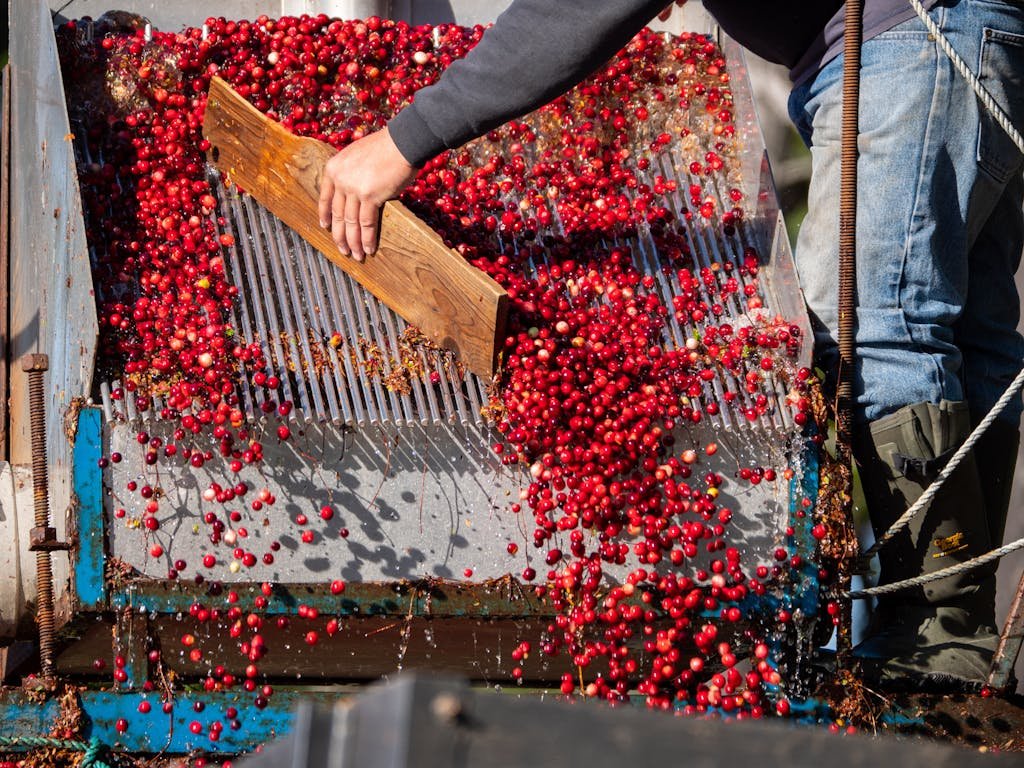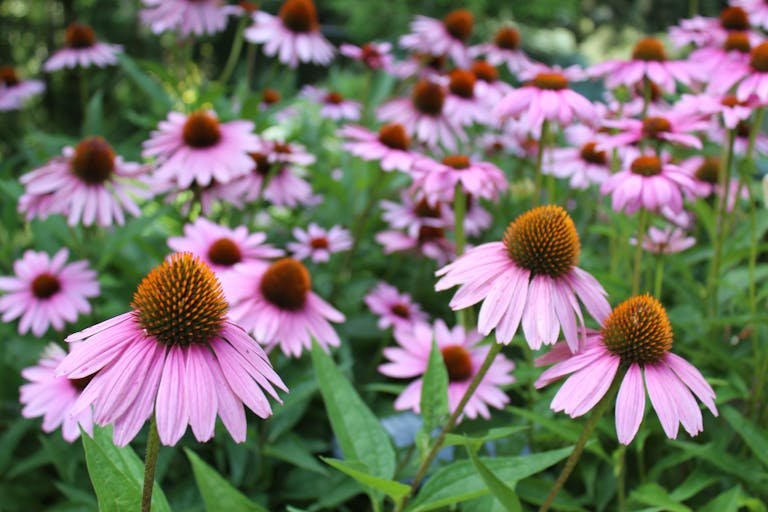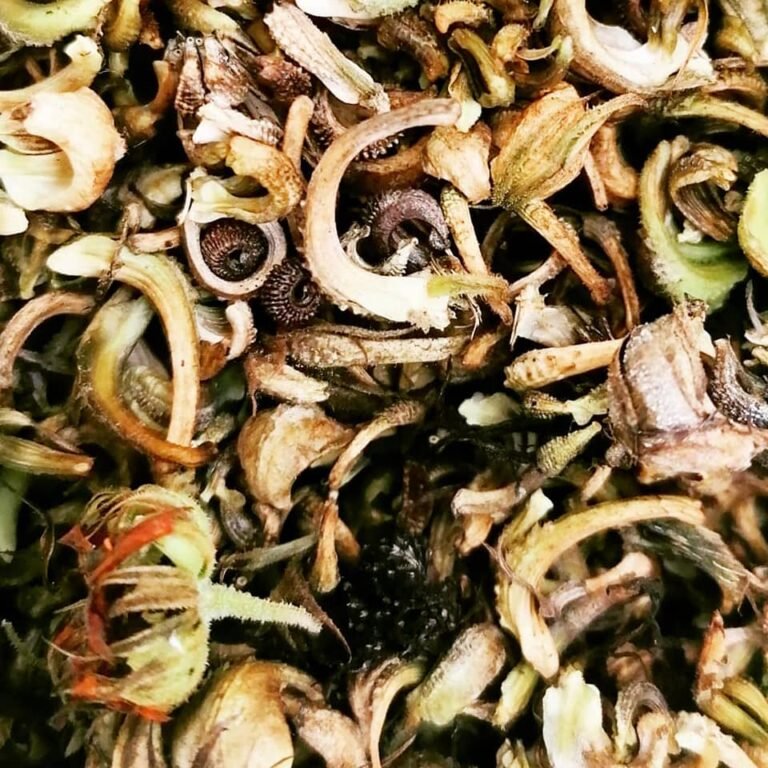
Have you ever wondered about the journey of cranberries from wild bogs to your garden? As a fellow plant enthusiast, I find the story of cranberry farming absolutely fascinating!
These tart little berries are actually one of only three fruits native to North America that we grow commercially today. Long before any of us were tending gardens, Native Americans were expertly harvesting these bright red berries from natural wetlands. They called them “sassamanesh” and used them for everything from food to medicine and even clothing dye.
What’s really cool is that many of the growing techniques they developed are still used today! When European settlers arrived, they were amazed by these versatile berries and quickly learned from Native American expertise.
The name “cranberry” actually came from early settlers who thought the flowering buds looked like crane birds – hence “crane berry,” which eventually became cranberry. Today, growing cranberries has evolved into both a fun hobby for gardeners like us and a billion-dollar industry. But don’t worry – you don’t need a huge bog to grow your own cranberries. Small-scale growing is totally possible with the right setup!
Native American Origins and Early Cultivation
Let me tell you about the incredible history of cranberry harvesting that started with Native American communities. These skilled cultivators developed amazing techniques for identifying and harvesting wild cranberries that grew naturally in wetlands and bogs.
They discovered that cranberries weren’t just tasty – they were also super practical for preserving other foods! The berries were mixed with deer meat and fat to make pemmican, a high-energy food that could last for months without spoiling.
Here’s something really interesting – Native Americans also used cranberries for treating wounds and fighting infections, which modern science has actually proven to be effective due to the berries’ natural antibacterial properties! They taught early settlers these valuable uses, sharing their knowledge about when to harvest and how to spot the best berries.
The traditional harvesting method involved hand-picking the berries, carefully selecting only the ripest ones. They also figured out that the berries could be naturally preserved by freezing them during winter months. This knowledge was absolutely essential for early settlers who were learning to survive in their new home. Even today, many organic and small-scale growers use modified versions of these traditional harvesting techniques.

Colonial Era and Early Commercial Production
The real game-changer for cranberry growing came in 1816 when a pretty observant guy named Captain Henry Hall noticed something interesting in Cape Cod. He saw that wild cranberries seemed to grow better when sand blew over them from nearby dunes. This accidental discovery led him to start experimenting with deliberately spreading sand over his cranberry vines, and wow, did it work!
Soon, other farmers started copying his technique, and the first commercial cranberry bogs were born right there in Cape Cod. The early growers faced plenty of challenges though – they had to figure out everything through trial and error. They developed special wooden tools for planting and harvesting, many of which you can still see in agricultural museums today.
What’s super cool is that some of these early tools inspired the design of modern cranberry growing equipment. These pioneers also discovered that creating low-lying bogs with good drainage was crucial for success. They learned to build systems of ditches and dikes to control water levels, much like what we use in smaller garden ponds today. By the late 1800s, cranberry growing had become a serious business in Massachusetts, and people were starting to experiment with growing them in Wisconsin and New Jersey too.

The Revolution of Cranberry Farming (1800s-1900s)
You know how technology seems to change everything it touches? Well, cranberry farming is no exception!
The late 1800s and early 1900s brought some really exciting changes to how we grow these berries. Farmers started getting creative with water management, figuring out that flooding the bogs wasn’t just good for harvesting – it also protected the vines from frost damage during cold nights. Pretty clever, right? They also discovered that winter flooding helped protect the vines from harsh winter winds and freezing temperatures.
One of the coolest innovations was the development of special rakes and scoops that made harvesting way easier than hand-picking. During this time, growers started forming cooperatives (kind of like farming clubs) to share knowledge and resources. These cooperatives helped small farmers compete with bigger operations by sharing equipment and marketing their berries together.
Ocean Spray, which you’ve probably heard of, actually started as one of these grower cooperatives in 1930! By working together, cranberry growers were able to solve problems and share solutions in ways that helped everyone succeed.

Modern Cultivation Technologies and Practices
Let me tell you about some of the amazing tools we use to grow cranberries today – it’s like something out of a sci-fi movie! Modern growers use GPS systems to map their bogs and track exactly where different varieties are planted. Isn’t that wild?
We’ve also got these super cool sprinkler systems that can automatically turn on when temperatures drop too low, protecting the berries from frost damage. Today’s harvesting is usually done one of two ways – wet harvesting for berries that will be processed (like for juice or sauce) and dry harvesting for fresh fruit.
Wet harvesting is particularly fun to watch – the bog is flooded, and special machines gently knock the berries off the vines. Since cranberries have little pockets of air inside them, they float to the surface, creating these beautiful red carpets of floating berries!
For smaller growers and hobbyists, dry harvesting with walk-behind machines or hand tools is still totally doable. Many small-scale growers are also leading the way in sustainable practices, using things like integrated pest management and natural predators instead of chemicals.
The Science of Cranberry Bog Management
Here’s where we get to be plant detectives!
Managing a cranberry bog, whether it’s a small garden patch or a larger area, is all about understanding what these plants need to thrive. Cranberries are actually pretty picky about their soil – they love acidic conditions with a pH between 4.0 and 5.5. That’s way more acidic than what most garden plants like!
Water management is super important too, but don’t worry – you don’t need a full bog system like the big farms. For small-scale growing, you can create raised beds with good drainage and use irrigation when needed.
One really interesting thing about cranberries is how they handle pests and diseases. The plants have developed some natural defenses over time, but we can help them out by promoting good air circulation and removing infected plants quickly. When it comes to fertilizing, less is often more with cranberries. Too much nitrogen can lead to lots of vine growth but fewer berries – definitely not what we want! The key is finding the right balance for your specific growing conditions.
Economic Impact and Industry Evolution
The cranberry world today is pretty amazing when you think about it! From humble beginnings in wild bogs, it’s grown into an industry that supports thousands of small farmers and larger operations. But here’s what’s really exciting for home growers – there’s a growing movement toward small-scale and sustainable cranberry cultivation.
More and more people are experimenting with growing cranberries in their own gardens, often adapting commercial techniques to work on a smaller scale. The demand for locally grown and organic cranberries has created opportunities for small growers to sell at farmers’ markets and to local food businesses.
Climate change has become a big challenge for cranberry growers everywhere, but it’s also pushing us to develop more resilient growing methods. Looking ahead, the future of cranberry growing seems to be heading toward a mix of traditional wisdom and modern innovation. Even better, many of the sustainable practices being developed by small growers are being adopted by larger operations too!
Conclusion
Wow, what a journey we’ve taken through the world of cranberry cultivation! From those first Native American harvests to today’s high-tech bogs, cranberry growing has come such a long way. But you know what’s really exciting? Whether you’re tending a small garden patch or managing acres of bogs, you’re part of this amazing agricultural tradition.
The best part is that you don’t need massive amounts of land or expensive equipment to start growing cranberries – just some basic knowledge, the right growing conditions, and a bit of patience. Remember, every expert grower started as a beginner, and there’s a whole community of cranberry enthusiasts out there ready to share their knowledge. So why not give cranberry growing a try? Whether you’re planning to grow just enough for your family’s Thanksgiving table or dreaming of selling at your local farmers’ market, you’re now part of the next chapter in cranberry cultivation history!






